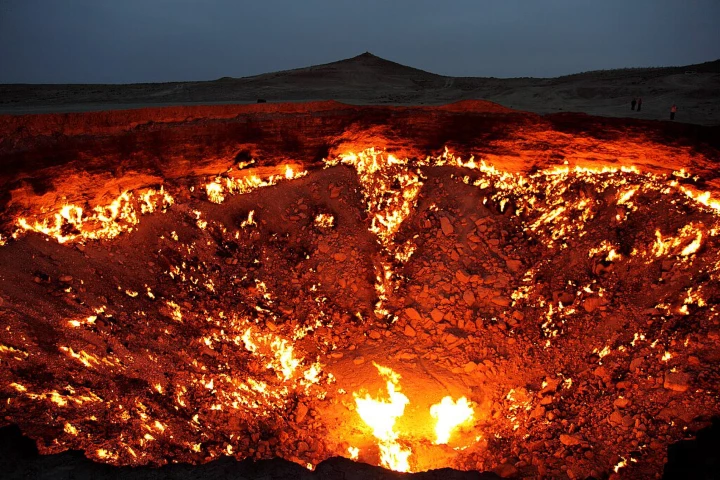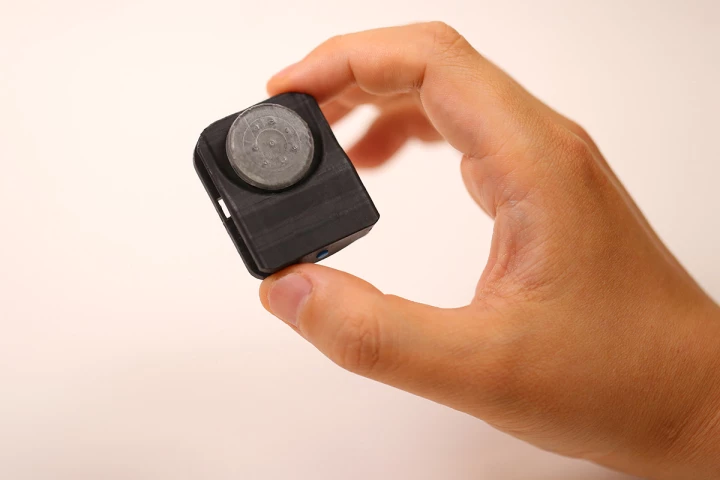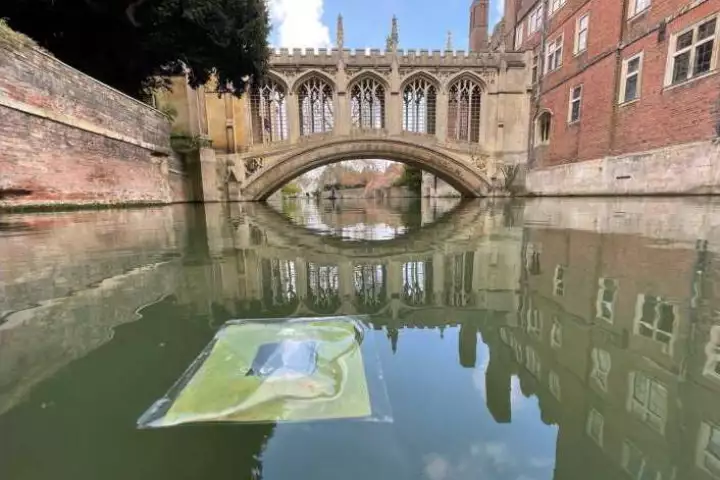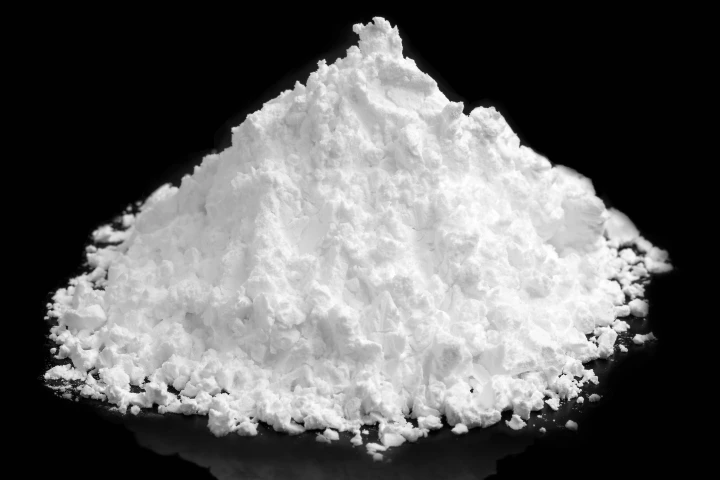Gas
-
No Soviet records, no logs or official drilling reports – just a 100-foot (30-m) deep, 226-foot (69-m) wide pit of relentless fire that’s burned for 50-plus years in Turkmenistan’s Karakum Desert called the Door to Hell.
-
Did you know you emit gases through your skin? These vapors, which include CO2 and volatile organic compounds, can provide insights about your metabolic status, disease states, and overall health. A new wearable can help make sense of it all.
-
In one of the most amusing citizen science projects we've ever seen, Australia's top research agency is asking its citizens to hit the gas and flag their flatulence in hilarious detail over three days, tracking toots on the Chart Your Fart app. Superb.
-
Over the years, we've seen a number of suggested replacements for gasoline to fuel motorcycles – including steam, hydrogen, water and batteries. Now a moto maker is getting ready to launch what's billed as the world's first CNG motorcycle.
-
Contrary to elementary school science class, it turns out that heat may not be necessary to make water evaporate. Scientists at MIT have made the surprising discovery that light alone can evaporate water, and is even more efficient at it than heat.
-
Leaves are impressive machines, converting sunlight, carbon dioxide and water into energy. Cambridge scientists have now created artificial leaves that can float on water, tapping into sunlight above it and water below to efficiently produce fuels.
-
Australian scientists say they've made a "eureka moment" breakthrough in gas separation and storage that could radically reduce energy use in the petrochemical industry, while making hydrogen much easier and safer to store and transport in a powder.
-
Astronomers have discovered bizarre “blue blobs” in space. These blobs are clusters of young, blue stars that are isolated from any parent galaxy, suggesting they formed from a galactic “belly flop.”
-
The European Union is currently pumping about US$118 million a day into Russia due to its dependence on natural gas. The new REPowerEU plan is a chance to cut that figure down fast, and accelerate the transition to green energy in the process.
-
Bubbles aren’t known for their long lifespans, usually only giving a few seconds of childlike joy before they pop. A team of French scientists has developed a new way to make bubbles last longer, with the record holder surviving for well over a year.
-
Infrared spectrometers are expensive and powerful instruments scientists use to analyze the chemical makeup of a sample, and a new research project has made a breakthrough that miniaturizes this technology so much it can be packed into a smartphone.
-
Scientists have recreated in the lab some of the wild weather that might be found on Jupiter and Saturn. Using extremely high pressures and laser shock waves, the researchers produced helium rain which has been hypothesized to fall on these planets.
Load More











